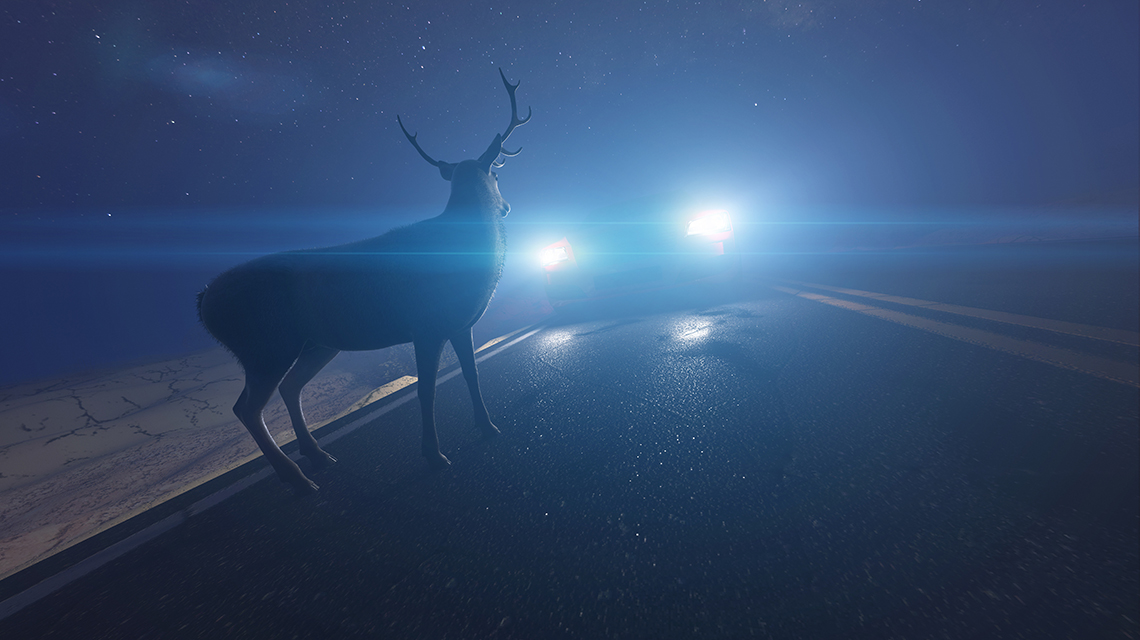
- Select a language for the TTS:
- UK English Female
- UK English Male
- US English Female
- US English Male
- Australian Female
- Australian Male
- Language selected: (auto detect) - EN
Play all audios:
GETTY IMAGES Facebook Twitter LinkedIn
Starting on Sunday, Nov. 3, American clocks will "fall back" an hour at 2 a.m. — resulting in an extra hour of sleep, but it comes at a cost. Nearly 40,000 deer are struck and killed each
year by drivers feeling the effects of our ritual of resetting our clocks one hour backward each fall, according to a study published in Current Biology.
As policymakers consider abandoning the twice-a-year time switch, a team of researchers at the University of Washington found that making daylight saving time year-round would reduce the
carnage on our roads – likely preventing about 36,550 deer deaths, 33 human deaths and 2,054 human injuries.
“Wildlife-vehicle collisions are a huge and growing problem,” Calum Cunningham, a postdoctoral researcher now at the University of Tasmania, said in a statement. “There are social costs —
people killed and injured — and it’s also a conservation problem as it’s one of the largest sources of human-caused mortality of wildlife.”
There are an estimated 2.1 million deer-vehicle collisions (DVCs) in the United States each year, killing about 440 people and causing 59,000 injuries, according to the researchers.
History of daylight saving time
Germany implemented daylight saving time in 1916 to save fuel during World War I. The United States adopted the practice in 1918, but it wasn’t standardized across the country until the
passage of the 1966 Uniform Time Act, which gave the federal government oversight of the time change. Since 2007, daylight saving time starts on the second Sunday of March, when we set our
clocks one hour forward, and ends the first Sunday in November.


